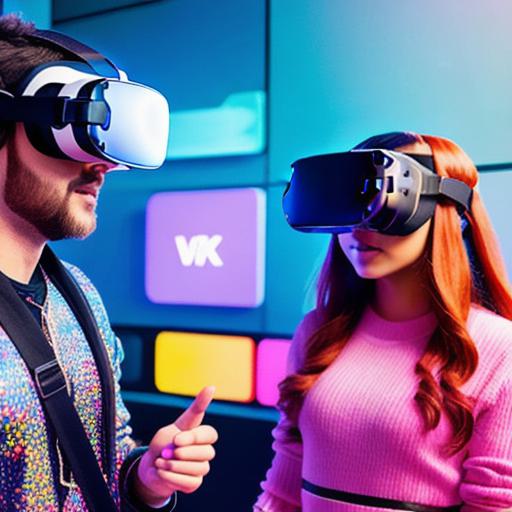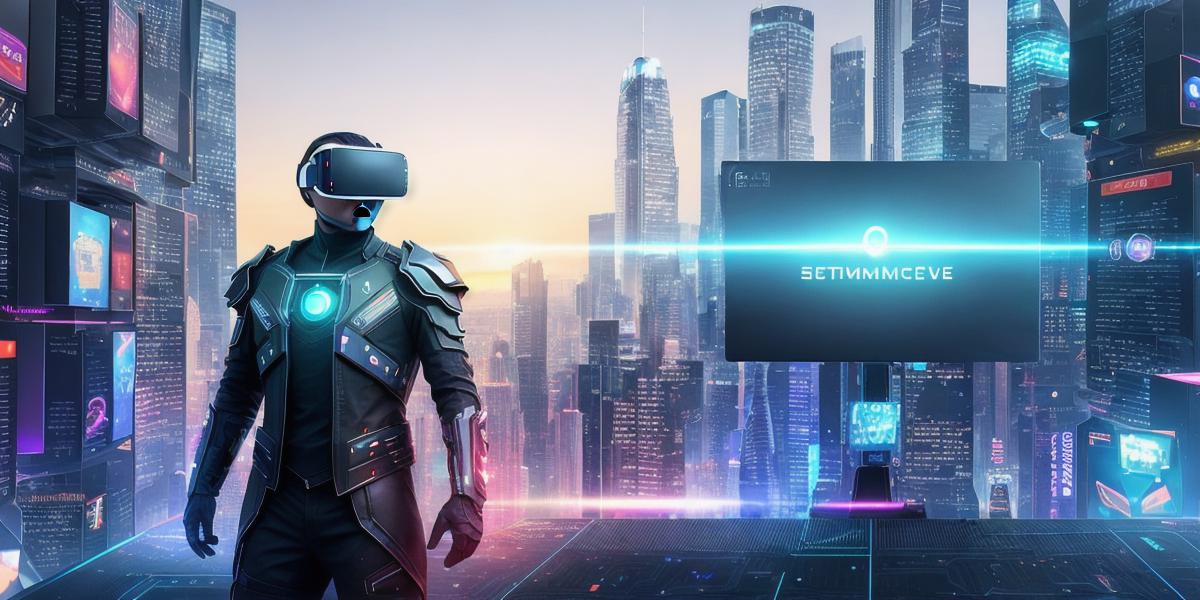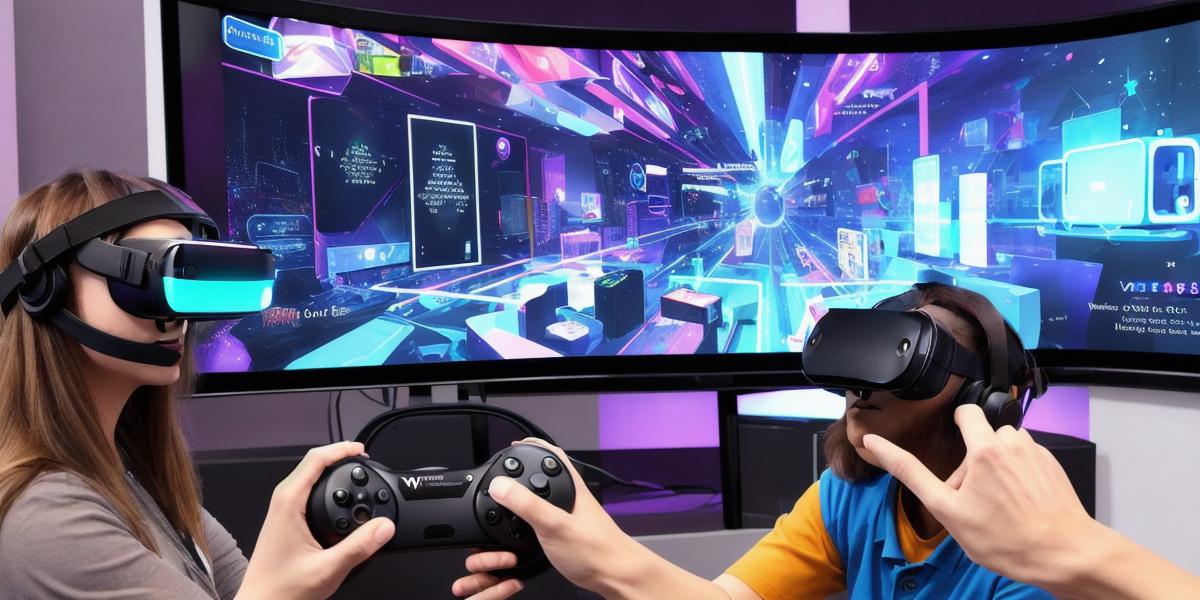Introduction
The term "metaverse" has been gaining popularity in recent years, especially with the rise of virtual reality (VR) and augmented reality (AR) technologies. The metaverse is a digital world that overlays the physical world, allowing people to interact with each other and their environment in new and exciting ways. In this article, we will explore the latest updates on metaverse development and discuss its future prospects.
Metaverse Development: A Brief Overview
The concept of the metaverse can be traced back to the 1960s when the term "virtual reality" was first coined. However, it wasn’t until the advent of VR and AR technologies that the idea of a virtual world became more feasible. Today, there are several companies and organizations working on developing metaverse platforms, including Facebook, Microsoft, and Samsung.
One of the key challenges in developing the metaverse is creating a seamless and immersive experience for users. This requires overcoming technical barriers such as latency, motion sickness, and the need for high-quality graphics. To address these issues, developers are exploring new technologies such as haptic feedback and 6DOF (six degrees of freedom) tracking to provide a more realistic and engaging experience.
Another important aspect of metaverse development is creating a sense of community and social interaction among users. This requires building robust social features such as chat, voice communication, and video conferencing. In addition, developers are exploring new ways to enable users to create and share content within the metaverse, such as virtual marketplaces and user-generated content platforms.

Future Prospects of Metaverse Development
Despite the challenges faced by metaverse developers, there is a growing sense of excitement and optimism about the future prospects of this technology. According to a report by MarketsandMarkets, the global virtual reality market is expected to grow from $23.6 billion in 2020 to $91.7 billion by 2025, at a compound annual growth rate (CAGR) of 34.2% during the forecast period.
One of the key drivers of this growth is the increasing adoption of VR and AR technologies in various industries, including gaming, education, healthcare, and entertainment. For example, virtual medical training platforms are becoming increasingly popular, allowing doctors to practice complex surgeries in a safe and controlled environment. In addition, virtual events and concerts have become more common during the COVID-19 pandemic, enabling people to experience live music and entertainment from the comfort of their own homes.
Another factor that is driving the growth of metaverse development is the increasing demand for personalized experiences. As consumers become more accustomed to tailored recommendations on platforms such as Netflix and Amazon, they are also looking for personalized virtual experiences. This requires developing sophisticated AI-powered algorithms that can analyze user behavior and preferences to create customized content and interactions within the metaverse.
Conclusion
In conclusion, the development of the metaverse is a rapidly evolving field that holds significant potential for the future of virtual interaction. While there are still many technical and social challenges to be overcome, the growing adoption of VR and AR technologies and the increasing demand for personalized experiences suggest that this technology will continue to grow in popularity. As developers continue to innovate and push the boundaries of what is possible with virtual reality, we can expect to see even more exciting developments in the years to come.




